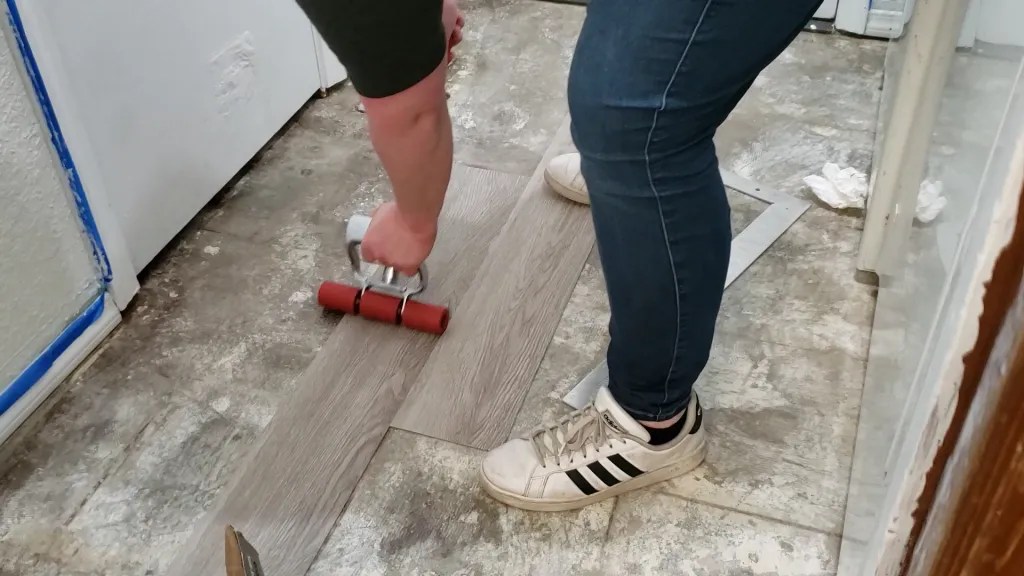Vinyl flooring is a popular choice for many homeowners today due to its affordability and versatility. Vinyl flooring is easy to install, durable, and comes in a wide variety of colors and patterns. This article will provide an overview of the installation process for vinyl flooring, as well as advice on how to choose the right product for your needs.
What Tools Do I Need to Install Vinyl Flooring?
Installing vinyl flooring requires the use of a few basic tools. These include a tape measure, chalk line, utility knife, and a pry bar. You’ll also need adhesive, a roller, and a trowel to spread the adhesive. If you’re installing over concrete, you may need to use a hammer drill and concrete nails.
Preparing the Subfloor
Before you can install vinyl flooring, the subfloor must be properly prepared. This includes cleaning the floor of any dirt, dust, or debris and making sure it is level. If the subfloor isn’t level, use a self-leveling compound to make it even. If the subfloor is concrete, you may need to use a hammer drill and concrete nails to secure the vinyl to the floor.
Installing the Vinyl Flooring
Once the subfloor is ready, you can begin installing the vinyl flooring. Start by laying out the planks or tiles to ensure a proper fit. If you are using adhesive, spread it evenly with a trowel and allow it to dry before laying down the vinyl. Once the vinyl is in place, use a roller to ensure it is securely adhered to the floor.
Caring For Your Vinyl Floor
Once the vinyl flooring is installed, there are a few simple steps you can take to keep it looking like new. Vacuum or sweep the floor regularly to remove dirt and debris. Avoid using harsh chemicals or abrasive cleaning products, as these can damage the vinyl. Also, make sure to use felt pads under furniture to protect the floor from scratches.
Choosing the Right Vinyl Flooring
When it comes to selecting the right vinyl flooring for your space, there are a few factors to consider. First, decide what type of vinyl is best for your needs. Vinyl planks are great for high-traffic areas, while vinyl tiles offer more design options. You’ll also want to consider the color and pattern, as well as the durability and maintenance requirements. Finally, make sure to purchase enough material to cover your space.
Hiring a Professional Installer
Installing vinyl flooring is a relatively simple process, but it does require some skill and expertise. If you don’t feel comfortable doing the job yourself, it’s best to hire a professional installer. Professional installers are experienced in working with vinyl flooring and can ensure the job is done correctly. They can also help you choose the right product for your needs.










:max_bytes(150000):strip_icc()/easy-install-plank-vinyl-flooring-1822808-02-19a3b80cd59943938a401560203706f3.jpg)
:max_bytes(150000):strip_icc()/easy-install-plank-vinyl-flooring-1822808-09-a1f83db7bdf74f279f45594b897de82d.jpg)



Related Posts








